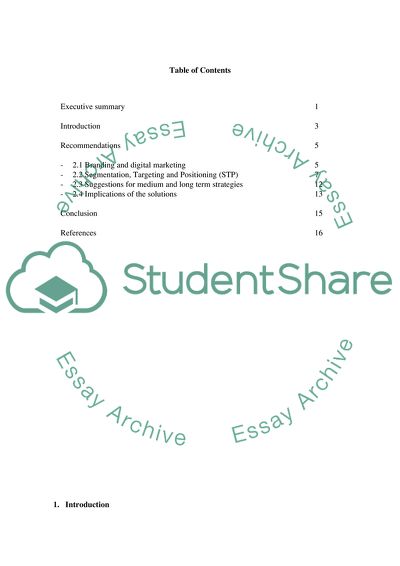Cite this document
(The South West of England DMO Consultant Report, n.d.)
The South West of England DMO Consultant Report. https://studentshare.org/tourism/1836803-the-south-west-of-dmo-consultant
The South West of England DMO Consultant Report. https://studentshare.org/tourism/1836803-the-south-west-of-dmo-consultant
(The South West of England DMO Consultant Report)
The South West of England DMO Consultant Report. https://studentshare.org/tourism/1836803-the-south-west-of-dmo-consultant.
The South West of England DMO Consultant Report. https://studentshare.org/tourism/1836803-the-south-west-of-dmo-consultant.
“The South West of England DMO Consultant Report”. https://studentshare.org/tourism/1836803-the-south-west-of-dmo-consultant.


